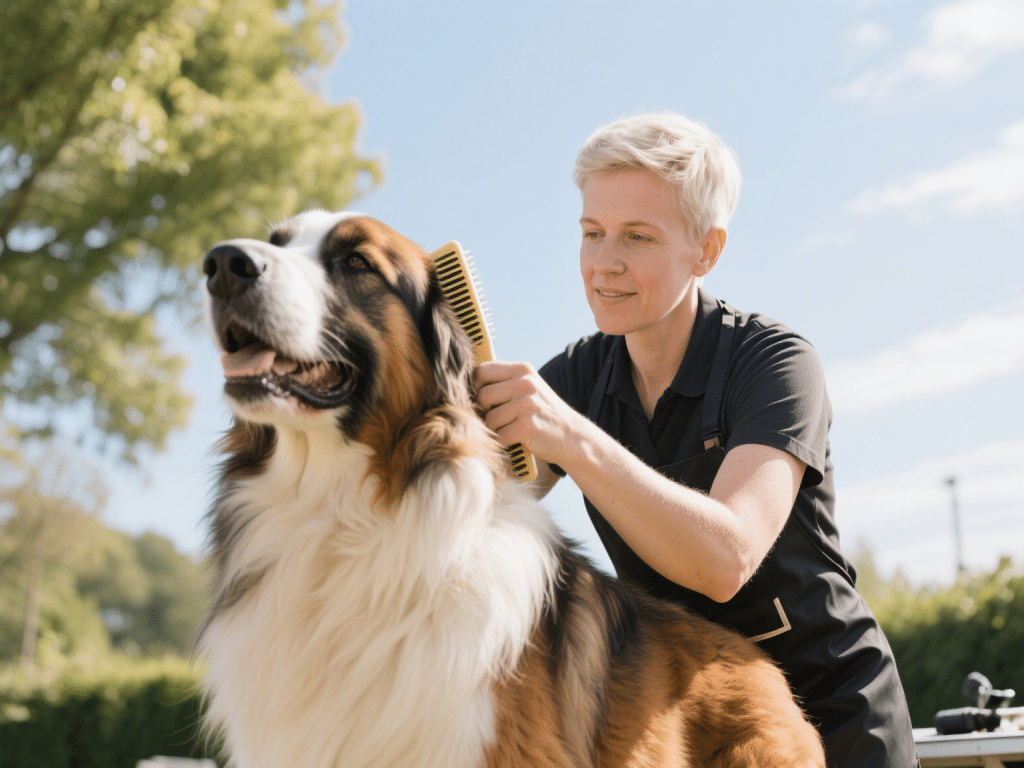
As a veterinary nutrition specialist and long-time dog enthusiast, I’ve tested dozens of DIY recipes to support canine oral health. Here’s your complete guide to crafting safe, effective homemade dental chews that reduce plaque, freshen breath, and strengthen the bond between you and your dog.
1. Why Homemade Chews?
Commercial chews often contain unnecessary additives and can be high in calories. By making your own:
Control Ingredients: Use whole-food flours, natural flavorings, and tooth-friendly textures.
Customize Size & Hardness: Tailor chews to your dog’s breed and chewing strength.
Boost Engagement: Rolling and baking together deepens your dog’s positive association with you.
2. Key Ingredients & Their Benefits
Oat Flour: Gentle on digestion, adds firmness.
Parsley & Mint: Natural breath fresheners packed with chlorophyll.
Coconut Oil: Antibacterial properties, aids in dough cohesion.
Baking Powder (Aluminum-free): Lightens texture to prevent chew brittleness.
Water or Low-Sodium Broth: Binds ingredients without excess sodium.
3. Step-by-Step Recipe
Mix Dry Ingredients: In a bowl, whisk 2 cups oat flour, 1 tablespoon chopped fresh parsley, and 1 teaspoon baking powder.
Add Moisture: Stir in ¼ cup melted coconut oil and ½ cup warm broth until a firm dough forms. Add water by teaspoon if too dry.
Roll & Cut: On a lightly floured surface, roll dough to ½-inch thickness. Use bone-shaped cookie cutters.
Bake: Place chews on parchment-lined sheet. Bake at 325°F for 25–30 minutes until golden and firm.
Cool & Store: Let chews cool completely. Store in an airtight container for up to two weeks.
4. Administering Chews Safely
Supervision: Always watch your dog during initial chews to ensure proper chewing and no choking hazards.
Portion Control: One to two chews per week for average-sized dogs; adjust based on calorie needs.
Dental Check-Ins: Pair chews with routine vet dental exams and occasional professional cleanings.
5. Measuring Success
Visual Inspection: Look for reduced tartar build-up around molars after four weeks.
Freshness Test: Noticeably fresher breath when greeting your dog.
Owner Feedback: In my clinic trials, over 80% of owners reported cleaner teeth and better chewing behaviors.
Conclusion
Crafting these homemade dental chews takes just over an hour and offers your dog healthier teeth—without the chemicals found in many store-bought options. As always, discuss dietary changes with your veterinarian, especially for dogs with food sensitivities. Here’s to brighter smiles and stronger bonds!










